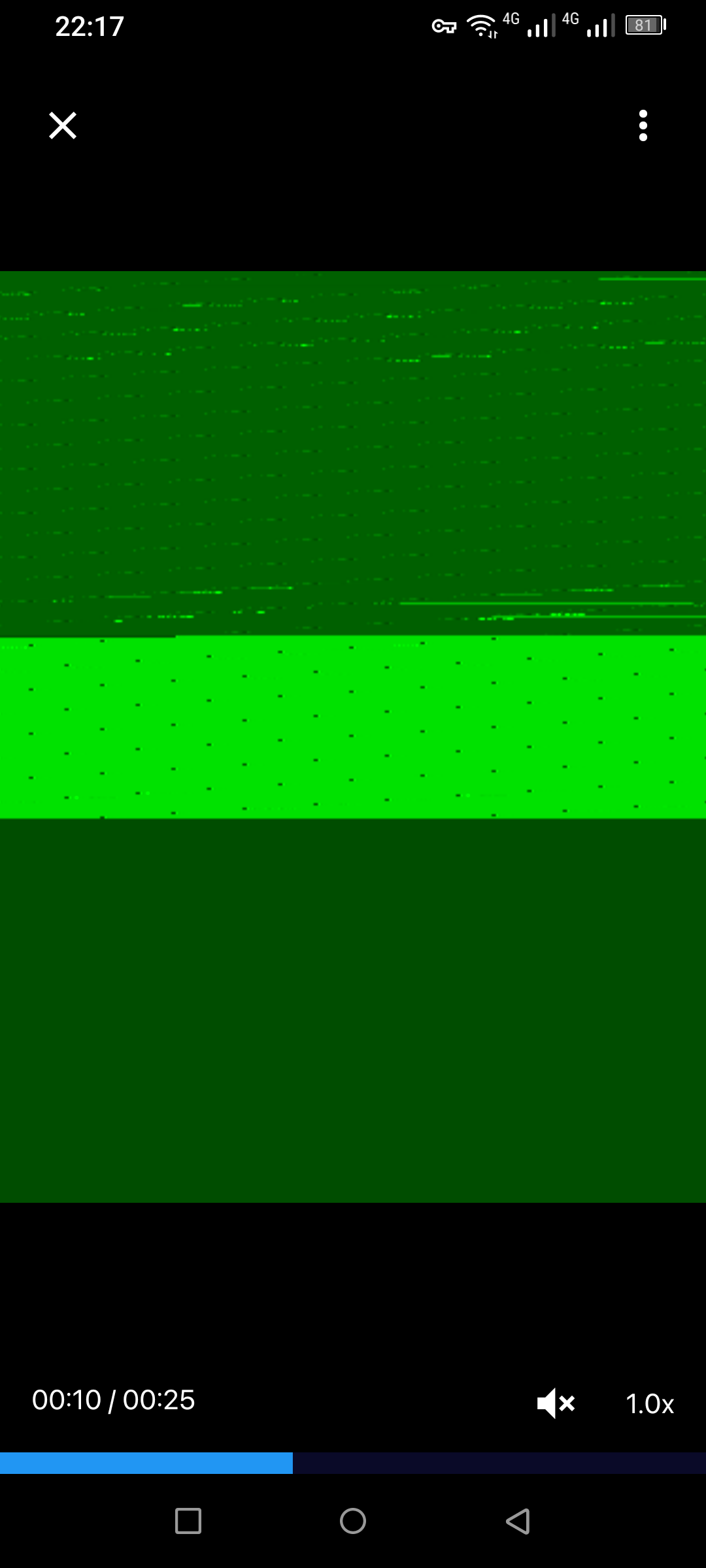We have WSL, it’s good enough
pelya
- 0 Posts
- 47 Comments
As long as your byte consists of 8 bits.

 243·7 days ago
243·7 days agoEh, who is still using paper books to learn programming languages? Every popular language has a website with online manuals.
Well, except C, because it’s crammed together with C++ on https://cplusplus.com/ and https://cppreference.com/
And socks just grow organically after 3 years of coding.
I bet with 60 GBb RAM it could run Android Studio with almost no lag.
Nope, the whole
{variable/regex/replacement}syntax

 1·1 month ago
1·1 month agoWhat you are searching is called tiling window manager, there are several with various features.
On Gnome there is a hotkey for horizontal side-by-side windows, on Plasma there are more layout options and keyboard shortcuts, but I’m not sure if any of them has one-third tiling.
https://help.gnome.org/users/gnome-help/stable/shell-windows-tiled.html.en
awk is in a strange position between simple grep commands and full-featured Python programs. It’s powerful but too domain-specific, and if you learned how to write multiline sed scripts you don’t need awk anymore.
And yes, you can do
python -e “…”
for (really long) Python one-liners.
In Lua all arrays are just dictionaries with integer keys, a[0] will work just fine. It’s just that all built-in functions will expect arrays that start with index 1.
You can actually use / as a path separator on Windows in functions like fopen(), because it supports some ancient version of POSIX standard.

 32·3 months ago
32·3 months agoI think your videocard is about to die.

It’s just C++ without templates. So whatever element you want to put into std::list, it must virtually inherit std::list::value_type. And of course there will be a macro-based list monstrosity inside Boost.
Nah, it will end up simply as “John” in the database. You need “John%sDoe” to crash C software with unsafe printf() calls, and even then it’s better to use several “%s”
You can set up your own IPv6 server, and it will be accessible from every other IPv6 device. Do you want to create a Lemmy server using only your phone and Verizon mobile data? Yes you can! *
* Instructions for installing Linux environment on Android phone and setting up free DNS and HTTPS certificates are not included.
That’s the main point. IPv4 fails because half of all existing IPv4 devices cannot access the other half of IPv4 devices directly, they have to go around using some kind of relay server, which inevitably complicates communications and costs extra money.
If you want to understand how 3D projection works, it’s better to solve a few trigonometric equations by hand on a piece of paper, then copy these equations to your Python code.
If you just want to quickly make your own 3D renderer, simply use OpenGL API and the corresponding projection matrix. It will run the same exact formulas inside the driver, just in a 4x4 matrix form, and you can simply experiment with modifying each element of your projection matrix to make your 3D scene rotate the way you want, without bothering to understand the math.
Simply copying some formula from the net will most probably fail.
Inside the building it’s the first floor, even if it’s exactly at the sea level altitude. Outside the building it’s the ground. Basement levels start at minus one, there is no zeroth floor.
If the walkway goes inside the building, then yes. And the walkway usually leads directly to the second floor, because the airplane door is 3 metres above the ground.
In the UK it’s called a ground table.
Yet I still had an urge to explain an obvious thing. Because it’s C++, so everyhing goes. There are even tools to auto-generate C++ interfaces, because of course someone decided that C++ is inadequate and must be improved using some kind of poorly-documented ad-hoc extension language on top of C++.
I know at least three ways, one of them involves variadic macros.
You don’t even need to look that far, take any sufficiently aged library, like OpenGL.



printfis superior and more concise, andsnprintfis practically the only C string manipulation function that is not painful to use.Try to print a 32-bit unsigned int as hexadecimal number of exactly 8 digits, using
cout. You can dostd::hexandstd::setw(8)andstd::setfill('0')and don’t forget to usestd::decafterwards, or you can just, you know,printf("%08x")like a sane person.Just don’t forget to use
-Werror=formatbut that is the default option on many compilers today.C++23 now includes
std::printwhich is exactly likeprintfbut better, so the whole argument is over.